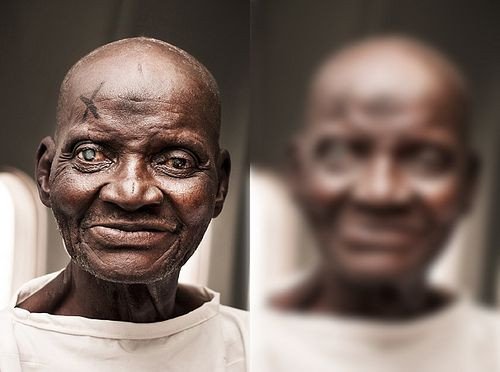Cataract Surgery May Be Thing Of The Past: Chemists Discover How Cataracts Form, Suggest Future Prevention Options

Despite afflicting so many, there still remain very few treatment options for cataracts. For decades, the only way out was brute removal of the opacified lens, replacing it with a transparent synthetic lens through cataract surgery. Now, German chemists and a team of researchers from the University of California Irvine claim in a new study to have pinpointed the exact mechanism that leads to cataract formation.
The discovery could have broad implications for the future prevention and after-the-fact treatment for cataracts, which currently stand as the leading cause of blindness around the world. According to the World Health Organization (WHO), a full 51 percent of all blindness cases are the result of untreated cataracts. At 8 percent, glaucoma is the next leading cause. Researchers now argue the findings of their current study could eventually provide a non-invasive escape for the millions of sufferers who do not have access to laser removal surgery.
“That’s the dream, and this is a big step,” Rachel Martin, UC Irvine associate professor of chemistry and co-author of the study, said in a statement. “Understanding the molecular mechanism of what goes wrong in the eye that leads to a cataract could lead to the development of better treatment options, including more sophisticated artificial lenses and drugs.”
The eye’s most basic function is to receive light. It does this through a process of refraction, which doesn’t obstruct the light that comes in but still manages to process visual information in the retina, located on the back of the eye. The process requires the lens to stay transparent, and a group of water-soluble proteins known as crystallins is responsible for this duty. These proteins are found in the lens and cornea of the eye. Some are structural, but one type, dubbed a “chaperone,” prevents these structural proteins from clumping together.
Think of it as the intervening teacher in a schoolyard fight, rushing in to separate the tussling parties. The problem is, this teacher can only intervene so many times before she can no longer break up the fights. Soon, all the teachers in the school have exhausted their intervention abilities, and now kids can fight unrestricted. Similarly, when the finite number of crystallin proteins is exhausted, the harmful clumps no longer have an intervening force to break them up. Transparency fades, and the lens grows cloudy, forming a cataract.
The new treatment method would target this specific mechanism, rather than remove the problem altogether through the more crude method of surgery, which, admittedly, does nothing to advance preventative efforts. New methods would likely involve targeted drug therapies, designed to stop the proteins from clumping, thus obscuring a person’s vision. Martin, however, said these options are still out of the current realm of research.
“We are still in the realm of basic science, figuring out how the phenomenon works before any actual treatments can be developed,” she said. “But I could imagine a drug that disrupts the harmful protein-protein interactions, ‘capping off’ the sites on the structural crystallins that are prone to sticking together and acting as reinforcements to the chaperone proteins.”
And despite the long timeline Martin describes, she conceded a certain hopefulness that these options could blanket cataracts’ many causes, including aging, ultraviolet light exposure, genetics, trauma, and drug use.
“I do think that if we can understand how the chaperone proteins function, it would be possible to design therapeutics that work for cataracts resulting from different etiologies,” she explained. “After all, the alpha-crystallin chaperones can block all of these interactions; the problems really start when they are used up.”
Source: Kingsley C, Brubaker W, Markovic S. Preferential and Specific Binding of Human αB-Crystallin to a Cataract-Related Variant of γS-Crystallin. Structure. 2013.
Published by Medicaldaily.com



























